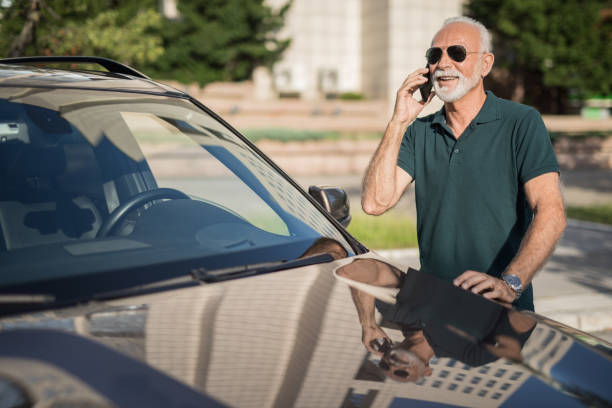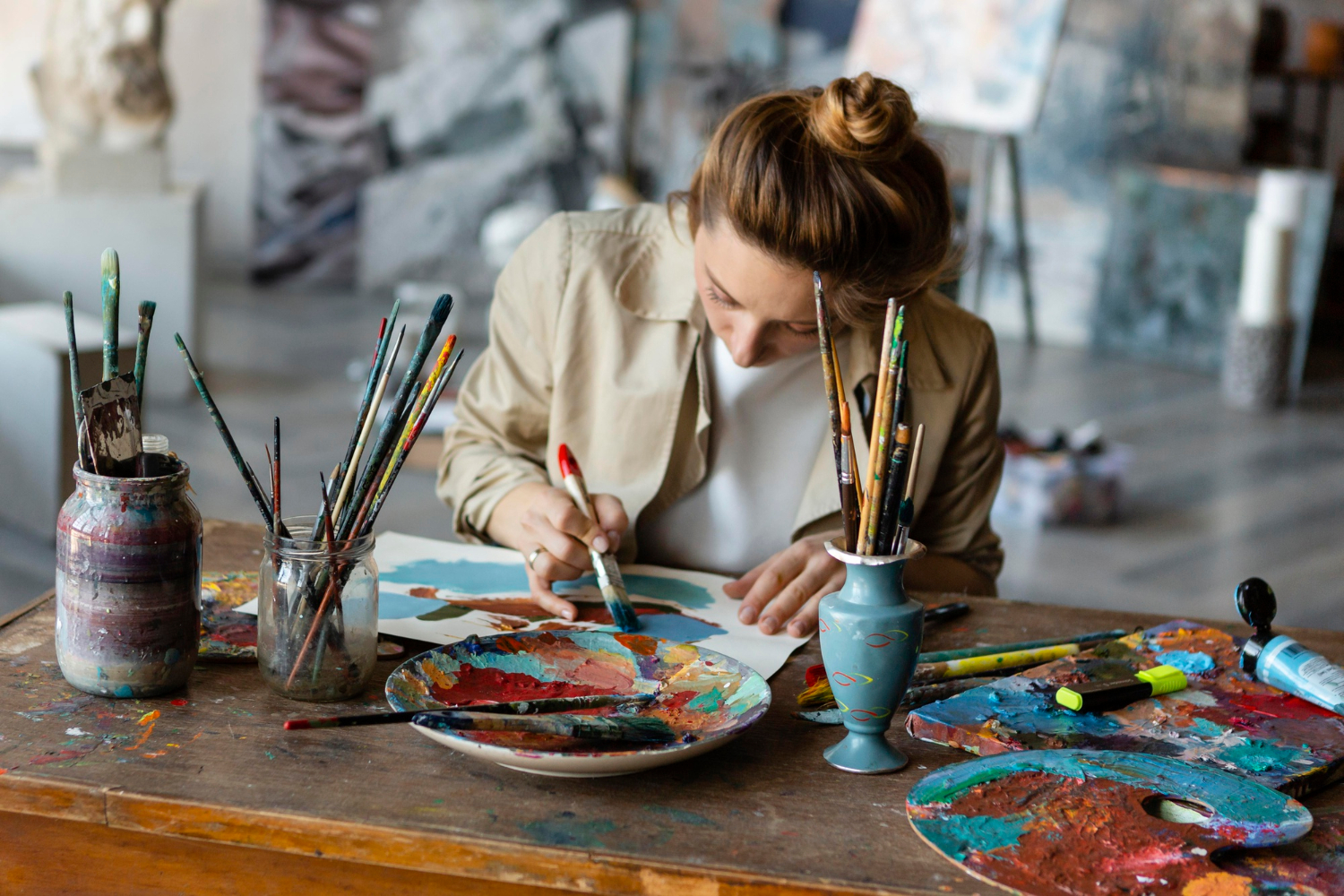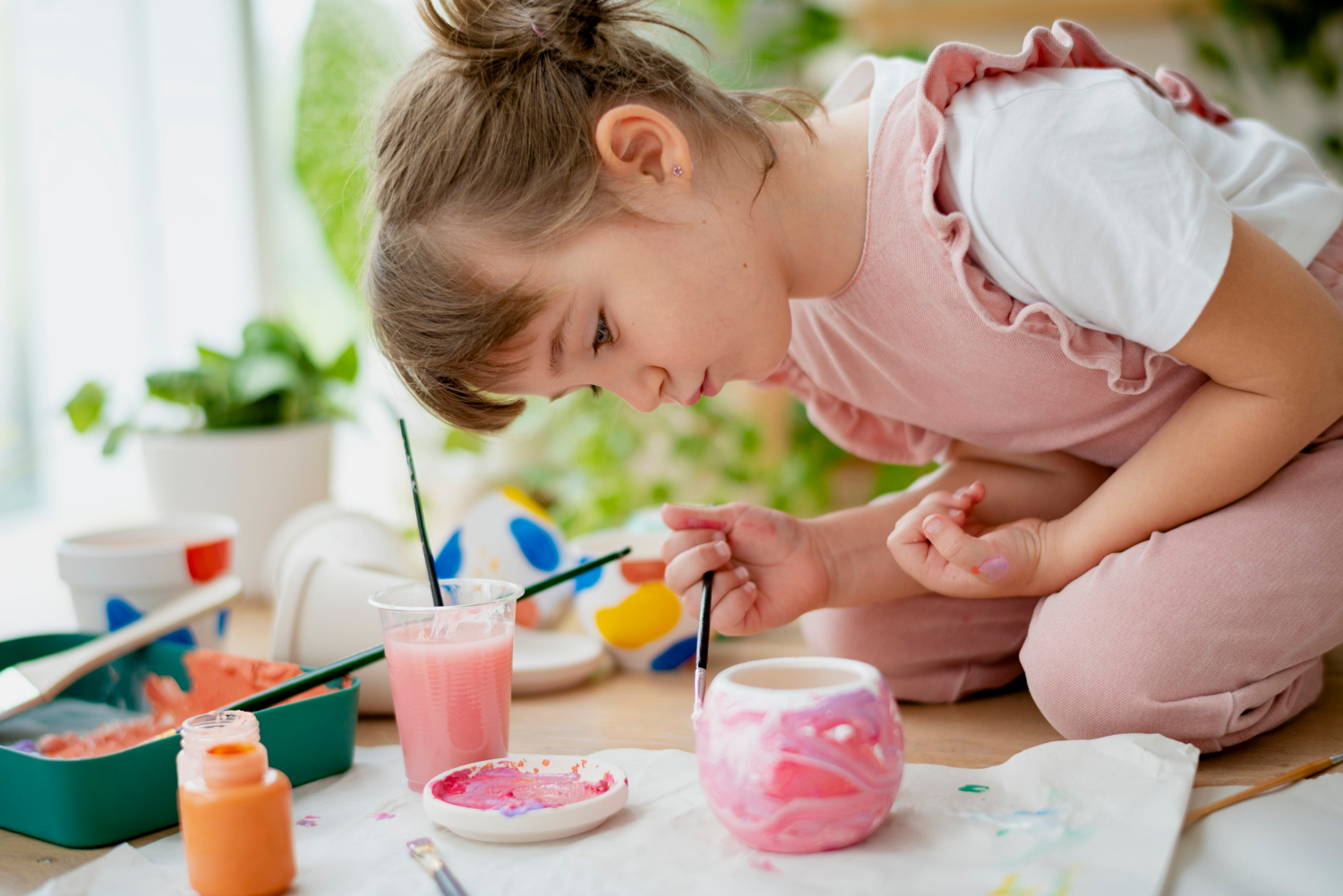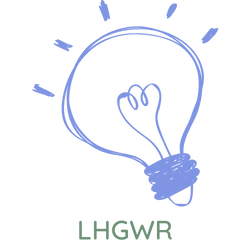ในยุคปัจจุบันของเรา การนำเข้าสินค้าจากต่างประเทศกลายเป็นเรื่องธรรมดามากขึ้นกว่าเดิม สองประเทศที่ต้องการจัดหาคือจีนและไทย ...
สั่งของจากจีน vs. สั่งของจากไทย แบบไหนที่ว่าคุ้ม ?สั่งของจากจีน vs. สั่งของจากไทย แบบไหนที่ว่าคุ้ม ?
แนะนำ ประกัน 3+ สำหรับรถมอเตอร์ไซค์บิ๊กไบค์จากรู้ใจแนะนำ ประกัน 3+ สำหรับรถมอเตอร์ไซค์บิ๊กไบค์จากรู้ใจ

ประกันภัยรถมอเตอร์ไซค์บิ๊กไบค์เป็นประกันที่ได้รับการออกแบบมาให้มีความคุ้มครองที่แตกต่างจะประกันภัยรถมอเตอร์ไซค์ทั่วไป หากเราเป็นผู้ขับขี่รถบิ๊กไบค์แล้วไม่มีการทำประกันประเภทนี้เอาไว้ เราจะต้องรับผิดด้วยเงินของตัวเองในส่วนของค่าใช้จ่ายที่เกี่ยวข้องกับความเสียหายหรือการบาดเจ็บที่เกี่ยวข้องกับยานพาหนะ ประเภทของประกันรถมอเตอร์ไซค์บิ๊กไบค์ที่ควรเลือกจะขึ้นอยู่กับประเภทรถของเรา ตัวอย่างเช่น รถมอเตอร์ไซค์ที่ขับเคลื่อนด้วยความจุเครื่องยนต์ 50cc หรือน้อยกว่าจะต้องทำประกัน 1 สำหรับรถมอเตอร์ไซค์บิ๊กไบค์ เท่านั้น ในขณะที่รถมอเตอร์ไซค์ที่มีความจุเครื่องยนต์ 51cc ขึ้นไปควรเลือกทำ ประกัน 3+ ซึ่งมีความคุ้มครองที่อาจครอบคลุมน้อยกว่า อย่างไรก็ตาม ถ้าต้องการทำ ประกัน ...
ปักหมุด 4 พิกัดจัดเวิร์คชอป ช่วยอัพสกิลสร้างอาชีพ เพิ่มรายได้รับปี 2023ปักหมุด 4 พิกัดจัดเวิร์คชอป ช่วยอัพสกิลสร้างอาชีพ เพิ่มรายได้รับปี 2023

ปีใหม่ คนใหม่ ใครที่มีเป้าหมาย อยากอัพเลเวลตัวเอง ด้วยการ “มีรายได้เพิ่มขึ้น” จากอาชีพเสริม แต่ไม่รู้จะทำอาชีพอะไรดี วันนี้เรามี 4 พิกัดจัดเวิร์คชอปดี ๆ ที่คุณสามารถไปลงเรียน และนำมาต่อยอดทำเป็นอาชีพเสริมได้มาฝากกัน ซึ่งจะมีที่ไหนบ้างตามไปดูกันเลย! 1. Lailalin Soap Lailalin Soap ...
ประกันอุบัติเหตุส่วนบุคคลประกันอุบัติเหตุส่วนบุคคล

อุบัติเหตุสามารถเกิดขึ้นได้ทุกเวลา แต่คงจะดีไม่น้อยหากเกิดอุบัติเหตุและคุณสามารถเข้ารับการรักษาได้อย่างรวดเร็ว และไม่ต้องกังวลเรื่องภาระค่าใช้จ่ายที่จะเกิดขึ้น ดังนั้นการเลือกซื้อประกันอุบัติเหตุส่วนบุคคล ก็ถือเป็นทางเลือกหนึ่งที่น่าสนใจ เพราะสามารถเข้ารับการรักษาจากโรงพยาบาลได้ทั่วประเทศโดยไม่ต้องสำรองจ่าย หากคุณทำประกันอุบัติเหตุส่วนบุคคลกับรู้ใจดอทคอม เพียงคุณยื่นบัตร รู้ใจ แคร์การ์ด คู่กับบัตรประชาชนก็สามารถเข้ารับการรักษาได้ทันที การมีประกันอุบัติเหตุส่วนบุคคลมีไว้ก็ทำให้อุ่นใจได้มากกว่า เพราะไม่ว่าเราจะระมัดระวังเพียงใด อุบัติเหตุไม่คาดฝันก็สามารถเกิดขึ้นได้ตลอดเวลา การมีประกันอุบัติเหตุเหมือนเป็นการเตรียมความพร้อมไว้ล่วงหน้า และที่เว็บรู้ใจอำนวยความสะดวกให้คุณสามารถเช็คเบี้ยประกันได้อย่างรวดเร็ว ราคาดีที่สุดจ่ายค่าเบี้ยเริ่มต้นที่ 61 บาท ที่สำคัญคุ้มครองทันที ...
ช้อปปิ้งอย่างไรให้เรารู้สึกอารมณ์ดีช้อปปิ้งอย่างไรให้เรารู้สึกอารมณ์ดี

การช้อปปิ้งถือเป็นอีกหนึ่งกิจกรรมที่ช่วยระบายความเครียด การช้อปปิ้งยังเป็นการซื้อความสุขให้กับตัวเองด้วย เพราะมีผลโพลออกมาว่าคนส่วนใหญ่ร้อยละ 80 ที่ช้อปปิ้งซื้อของแล้วจะรู้สึกมีความสุขมากขึ้น ได้ทั้งสิ่งของและได้ความสุขทางใจ แต่ทั้งนี้การช้อปปิ้งอาจทำให้คุณอารมณ์เสียได้ เพราะถ้าคุณช้อปปิ้งแล้วใช้เงินเกินตัวอาจทำให้คุณรู้สึกเครียด และไม่มีความสุขได้ เพราะฉะนั้นวันนี้เราเลยมีทริคการช้อปปิ้งอย่างไรที่ทำให้เรารู้สึกอารมณ์ดีมาฝาก 5 ทริคช้อปปิ้งอย่างไรให้เรารู้สึกอารมณ์ดี แฮปปี้ตลอดการช้อป คิดก่อนซื้อ อย่างแรกที่จะทำให้คุณแฮปปี้ตอนช้อปปิ้งคือ คิดว่าสิ่งของที่เรากำลังจะซื้อนั้นเป็นของจำเป็นมากน้อยแค่ไหน ราคาของสิ่งของสมเหตุสมผลพอหรือไม่ และต้องเป็นราคาสินค้าที่ไม่ทำให้เรารู้สึกเดือดร้อนกับเงินในกระเป๋า และไม่ควรใช้อารมณ์ชั่ววูบในการซื้อสินค้า เพราะอาจทำให้คุณเครียดตามทีหลังได้ ...
คอร์สเรียนศิลปะมีให้เราได้เลือกเรียนหลายแบบคอร์สเรียนศิลปะมีให้เราได้เลือกเรียนหลายแบบ

ในปัจจุบันนี้เรื่องของการเรียนศิลปะนั้นก็เป็นเรื่องหนึ่งที่ดีและสำคัญอย่างมากเลยที่เราเองก็ควรที่จะต้องยิ่งให้ความสนใจและใส่ใจมากๆด้วยจะยิ่งดีเพราะว่าในเรื่องของการที่เราเรียนคอร์สศิลปะนั้นในตอนนี้ก็เปิดโอกาสให้เราได้เลือกเรียนกันอย่างมากมายเลยขึ้นอยู่กับความชอบของเราด้วยว่าเราชอบหรืออยากที่จะเรียนแบบไหนมากที่สุดก็จะดีต่อเราเองอย่างยิ่งเลย และแน่นอนว่าในเรื่องของการที่เราจะเลือกคอร์สเรียนศิลปะนั้นก็มีให้เราได้เลือกเรียนอยู่หลากหลายแบบด้วยกัน อย่างการเรียนวาดภาพแรงเงานั้นก็จะเน้นไปในส่วนของการวาดภาพและการแรเงาด้วยนั้นเอง สิ่งนี้จึงเป็นเรื่องที่ดีอย่างมากที่เราเองก็ควรที่จะต้องยิ่งให้ความสนใจมากๆด้วยจะดีอย่างที่สุด นอกจากนี้ก็ยังมีในส่วนของคอร์สการเรียนสีน้ำหรือการวาดภาพจากสีน้ำนั้นเองซึ่งอันนี้เป็นเรื่องที่ยากอย่างมากเลยดังนั้นเราก็ควรที่จะต้องยิ่งตั้งใจเพราะสีน้ำนั้นเป็นสีที่เราเองก็ควรที่จะต้องเรียนรู้ไว้ก็ดีเนื่องจากว่าหากเราลงสีไม่สม่ำเสมอกันแล้วนั้นก็จะยิ่งไม่สวยอีกด้วย หลากหลายอย่างในตอนนี้คอร์สเรียนศิลปะนั้นก็เป็นเรื่องที่ดีอย่างที่สุดเพราะศิลปะจะทำให้เราได้เป็นคนที่เก่งและสามารถที่จะกล้าแสดงออกในความคิดหรือกล้าแสดงผลงานของตนเองออกมาด้วยเนื่องจากว่าหากเรายิ่งได้ให้ความสนใจกับเรื่องของคอร์สที่จะเรียนศิลปะแล้วนั้นก็จะได้เลือกให้ตรงกับความต้องการของเราเองได้อีกด้วย คอร์สเรียนศิลปะนั้นในตอนนี้ก็เป็นเรื่องหนึ่งที่เราเองก็ไม่ควรที่จะมองข้ามเลยหากราคาแพงขึ้นมาหน่อยแต่เราได้รับประโยชน์กลับไปแล้วนั้นก็จะเป็นเรื่องที่ดีและสำคัญกับเราเองอีกด้วย การเรียนศิลปะนั้นนอกจากจะลงภาพสีน้ำแล้วก็ยังสามารถที่จะลงภาพระบายสีน้ำมัน สีไม้หรือสีช้อล์กก้ได้อีกเหมือนกัน ดังนั้นเราก็ควรที่จะต้องยิ่งให้ความสนใจและเรียนรู้ให้มากๆด้วยจะยิ่งดีเพราะหากเรายิ่งให้ความสนใจและเรียนรู้กับเรื่องของศิลปะแล้วนั้นเชื่อว่าจะเกิดแต่เรื่องราวที่ดีๆขึ้นกับเราเองอย่างยิ่งด้วย และฝีมือในการเรียนศิลปะนั้นก็จะยิ่งติดตัวเราไปตลอดด้วยนั้นเอง หากเรามีฝีมือในการวาดศิลปะแล้วนั้นเชื่อว่าเรื่องราวต่างๆนั้นก็จะเกิดขึ้นกับเราเองอยู่เสมอและเราก็จะต้องหมั่นฝึกฝนตัวเองให้มากๆเพื่อที่ฝีมือจะได้ยิ่งดีมากขึ้นกว่าเดิมด้วยอีกเช่นกัน ...
การเรียนศิลปะทำให้เข้าใจในเรื่องของรายละเอียดต่างๆได้มากยิ่งขึ้นการเรียนศิลปะทำให้เข้าใจในเรื่องของรายละเอียดต่างๆได้มากยิ่งขึ้น

ในปัจจุบันนี้ต้องบอกเลยว่าในเรื่องของศิลปะนั้นก็เป็นเรื่องหนึ่งเลยที่สำคัญอย่างมากที่เราเองก็ควรที่จะต้องยิ่งให้ความสนใจและใส่ใจมากๆด้วยจะยิ่งดีเพราะว่าในเรื่องของการเรียนศิลปะนั้นจะทำให้เราเจอกับความสุขกันอย่างที่สุดเลยเพราะว่าศิลปะนั้นจะช่วยทำให้เรายิ่งเกิดความเพลิดเพลินใจไปได้ และถ้าหากเรายิ่งเกิดความเพลิดเพลินใจได้มากเท่าไหร่แล้วจะดีอย่างที่สุดเลยเพราะตอนนี้แหละจะทำให้เรามีสติได้มากยิ่งขึ้นด้วยและในเรื่องของการเรียนศิลปะนั้นก็จะทำให้เราได้รู้หลักในการวาดเส้น ได้รู้หลักในการลงสี รู้หลักในการลงเงาต่างๆได้อีกเช่นกัน สิ่งนี้จึงเป็นเรื่องที่เราเองก็ควรที่จะต้องให้ความสนใจกันอย่างมากมายด้วยจะยิ่งดีเพราะถ้าหากเรายิ่งให้ความสนใจแล้วนั้นจะเกิดแต่สิ่งที่ดีๆขึ้นกับเราเองอย่างยิ่งด้วย อย่างน้อยการที่เรารู้จักที่จะใช้ศิลปะในตนเองให้ยิ่งดีแล้วนั้นจะดีอย่างที่สุดเลย หากเราค่อยๆฝึกว่าศิลปะนั้นเชื่อว่าจะทำให้เรายิ่งเป็นคนที่รู้จักที่จะเก็บรายละเอียดให้ได้มากยิ่งขึ้นด้วยเพราะหากเรายิ่งเก็บรายละเอียดได้มากเท่าไหร่ก็จะเป็นเรื่องราวที่ดีๆอย่างมากอย่างน้อยก็ฝึกความนิ่งของมือของเราเองได้อีกด้วยและที่สำคัญในเรื่องของการเรียนศิลปะนั้นจะทำให้เรายิ่งเข้าใจในการที่จะต้องมีสมาธิให้มากๆด้วยเพราะยิ่งเรามีสมาธิกับการเรียนศิลปะได้มากเท่าไหร่นั้นก็จะเป็นสิ่งที่ดีกับเราเองอย่างที่สุดเลย การเรียนศิลปะนั้นอาจจะต้องใช้เวลาหน่อยเพราะกว่าจะวาดภาพหรือวาดแนวเส้นต่างๆได้นั้นก็มักที่จะต้องใช้เวลาและที่สำคัญเราจึงควรที่จะต้องมีสมาธิให้มากที่สุดด้วยเพราะหากเราเป็นคนที่มีสมาธิได้มากเท่าไหร่ก็จะยิ่งดีอย่างที่สุดเลย ทุกสิ่งทุกอย่างจึงถือว่าเป็นเรื่องที่เราเองก็ควรที่จะต้องอย่าหยุดนิ่งเพราะถ้าหากเราหยุดนิ่งไปแล้วนั้นก็อาจจะคลายฝีมือไปได้อีกด้วย การเรียนศิลปะนั้นจะช่วยทำให้เรารู้หลักในการจับดินสอหรือการวาดเส้นด้วยเพราะสิ่งเหล่านี้จะช่วยทำให้เราได้รู้จังหวะในการวาดเส้นให้ยิ่งดูดีมากยิ่งขึ้นด้วยนั้นเอง เรื่องนี้เราเองก็ควรที่จะต้องยิ่งให้ความสำคัญมากๆด้วยจะยิ่งดีอย่างน้อยศิลปะก็จะทำให้เราได้กล้าที่จะแสดงผลงานที่ดีของตัวเองออกมาได้อยู่เสมอด้วย ...
การเสริมสร้างจินตนาการให้กับเด็กดีอย่างไรบ้างการเสริมสร้างจินตนาการให้กับเด็กดีอย่างไรบ้าง

ในปัจจุบันนี้เรื่องของศิลปะนั้นต้องบอกเลยว่าเป็นเรื่องหนึ่งที่สำคัญอย่างมากเลยที่เราเองก็ควรที่จะต้องยิ่งให้ความสนใจและใส่ใจให้มากๆด้วยจะยิ่งดีเพราะว่าในเรื่องของการที่เราได้ฝึกศิลปะนั้นก็เหมือนเป็นการที่เราได้เสริมสร้างสิ่งต่างๆที่ดีในตนเองได้อย่างมากมายเลย และแน่นอนว่าในการที่เราเสริมสร้างจินตนาการให้กับเด็กทางด้านการวาดศิลปะแล้วนั้นก็เป็นเรื่องที่สำคัญอย่างมากเลยและแน่นอนว่าเราเองจึงควรที่จะต้องให้เด็กๆได้แสดงความคิดสร้างสรรค์ของตัวเองออกมาด้วยเพราะถ้าหากเราได้สามารถที่จะใช้ความคิดสร้างสรรค์ของเราเองได้มากเท่าไหร่แล้วนั้นก็จะยิ่งดีอย่างที่สุดเลย หลากหลายอย่างในเรื่องของการเสริมสร้างจินตนาการนั้นก็เป็นเรื่องที่ดีอย่างมากเพราะการที่เรานั้นได้ให้เด็กได้ลองทำอะไรใหม่ๆหรือได้ทำในสิ่งที่ตนเองชอบแล้วนั้นก็จะทำให้สามารถที่จะเปิดโอกาสและเรื่องราวที่ดีๆกับเราเองได้อีกเช่นกัน และเรื่องนี้จึงเป็นเรื่องที่เราเองก็ควรที่จะต้องให้เด็กคอยฝึกที่จะทำศิลปะต่างๆด้วยเพราะถ้าหากเด็กได้ฝึกทำศิลปะได้มากเท่าไหร่ก็จะทำให้เค้ารู้จักที่จะคิดและมีไอเดียต่างๆเพื่อที่ให้เค้าได้คิดมากยิ่งขึ้นด้วยและแน่นอนว่าในเรื่องของจินตนาการนั้นก็เป็นสิ่งที่จะห้ามกันไม่ได้เลย เรื่องนี้จึงเป็นเรื่องที่เราเองก็ควรที่จะต้องยิ่งให้ความสนับสนุนกันอย่างมากที่สุดด้วยเพราะการที่เด็กได้ลองทำอะไรเหล่านี้แล้วนั้นก็จะทำให้เค้าสามารถที่จะค่อยๆคิดและพัฒนาตัวเองให้เป็นคนที่เก่งมากยิ่งขึ้นได้เลยและเรื่องนี้จึงเป็นเรื่องที่เราเองก็จะต้องให้ความสนใจกันอย่างที่สุดด้วยจะยิ่งดี หากเรามีเวลานั้นก็ควรที่จะต้องพาเด็กๆไปเปิดประสบการณ์ในการเสริมสร้างจินตนาการด้านต่างๆได้อย่างมากมายเลยไม่ว่าจะเป็นในด้านของการวาดภาพการระบายสีนั้นเราเองก็ควรที่จะต้องอย่าปิดกั้นจินตนาการของเด็กด้วยเพราะถ้าหากเราปิดกั้นจินตนาการของเด็กแล้วนั้นก็จะดีอย่างที่สุดเลย และแน่นอนว่าเราจึงควรที่จะต้องเลือกกิจกรรมให้กับเด็กให้มากที่สุดด้วยเพราะยิ่งเราได้เลือกกิจกรรมให้กับเด็กได้มากเท่าไหร่แล้วนั้นก็จะดีเพราะเราจะได้ลงกิจกรรมให้เด็กทำอะไรที่ไม่ซ้ำจำเจด้วยอันนี้จึงจะเป็นเรื่องที่ดีอย่างที่สุดเลย เราจึงควรที่จะต้องอย่ามองข้ามไปเลยกับเรื่องของการเสริมสร้างจินตนาการอย่างการวาดภาพศิลปะนั้นก็จะทำให้เราได้เห็นฝีมือของเด็กได้อย่างมากมายอีกด้วยเช่นกัน ...

